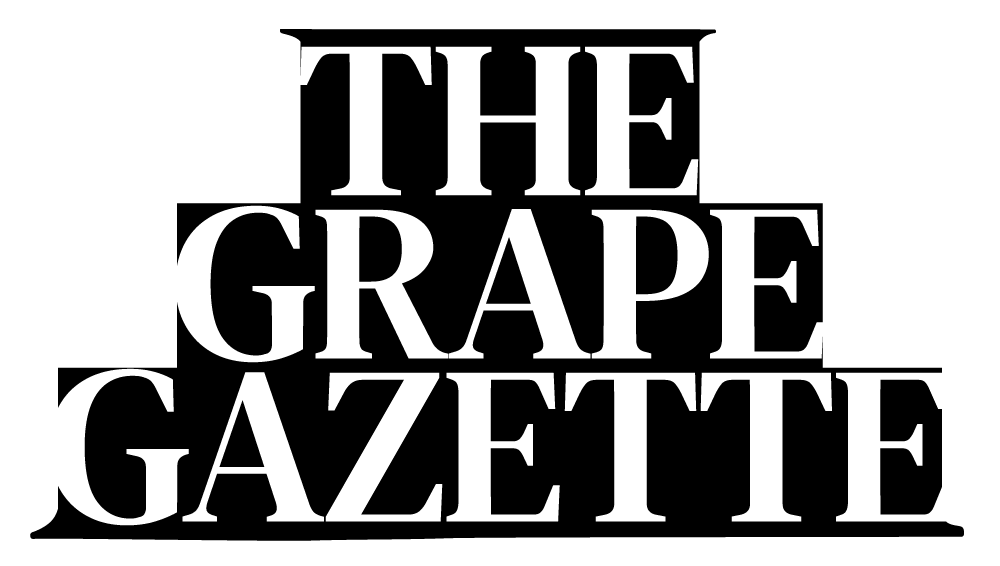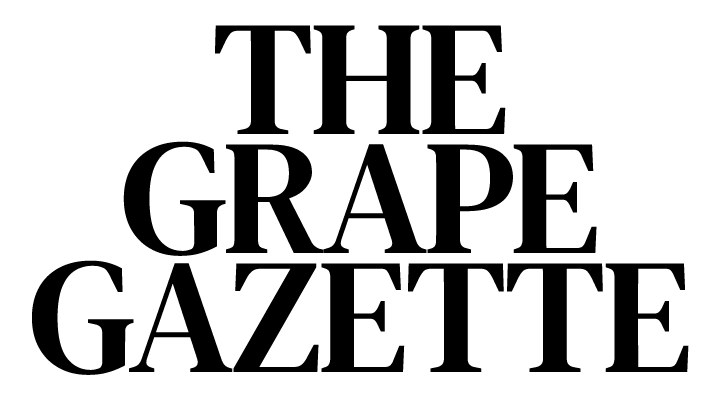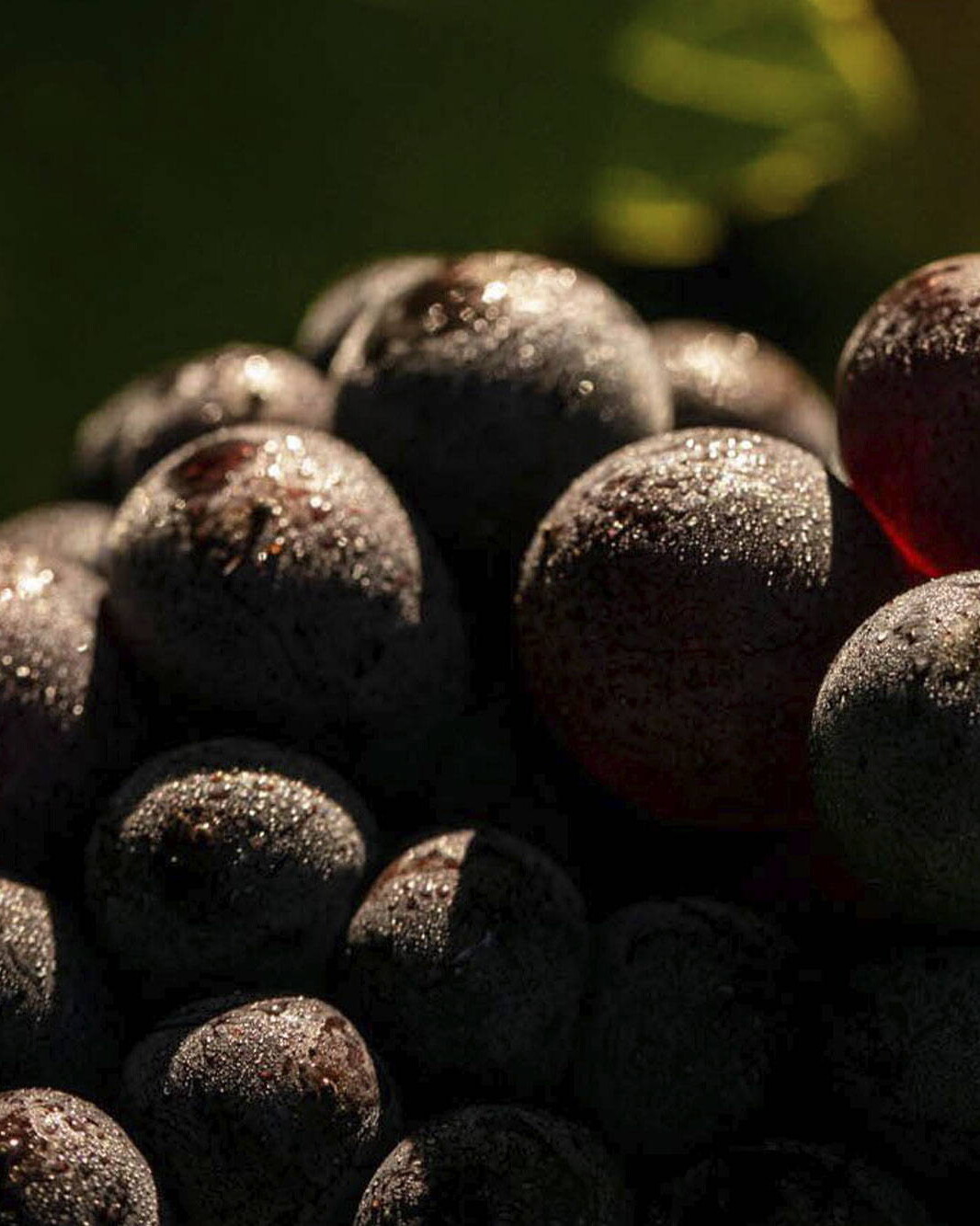Every restaurant has a story hidden between the lines of its wine list. To most diners it looks like a polite menu of bottles, but behind every label there are choices, compromises, and sometimes a little theatre. The list is not just about what pairs with the food. It is a statement of identity, a silent handshake between the kitchen, the supplier, and the person reading it.
It Starts with the Chef
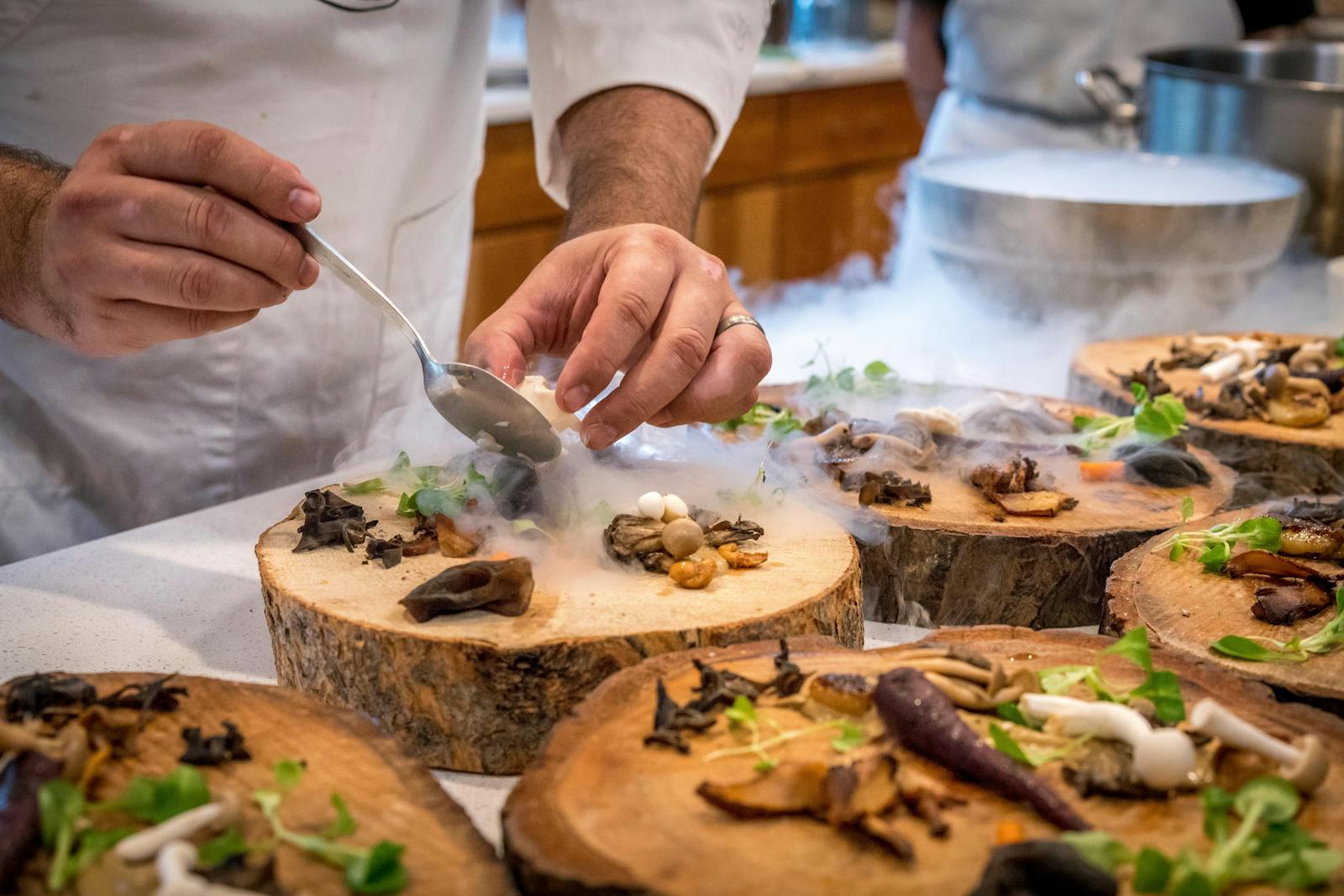
Forget the idea that wine lists are built in isolation. The first conversations happen in the kitchen. Chefs talk about flavour direction, seasoning, and the feel of the dishes. If the food leans bright and herbal, the sommelier knows they need freshness and lift. If the menu is slow and rich, they look for texture and structure. Wine follows food, not the other way around. In most good restaurants, the chef and sommelier trade ideas the way musicians trade chords until something fits.
The Economics No One Talks About

A wine list has to taste good, but it also has to pay the bills. Mark-ups are not random; they are a balancing act between margin and perception. A restaurant might double or triple the wholesale price depending on rent, staff costs, and location. It sounds cynical, yet it is what keeps the lights on. Diners rarely notice because a well-built list feels fair. The trick is to make sure the entry-level options still deliver value so people trust the pricing further up.
Most restaurants structure lists by profit, not by grape. The house pours and by-the-glass selections generate the cash flow that allows them to carry aged bottles or small-producer curiosities. It is the quiet cross-subsidy that keeps variety alive. Without it, every list would look the same.
The Supplier Relationship
Restaurants live or die by their suppliers. A good wine merchant is part salesperson, part educator, part therapist. They know what the kitchen is cooking, what the guests are spending, and what wines are moving elsewhere in town. Many sommeliers will taste through hundreds of samples a year and still only add ten new listings. The aim is not to build a library but to curate a conversation that feels consistent.

Balance and Personality
The best lists read like the restaurant’s voice. You can tell when someone has built it with conviction because it flows naturally from dish to glass. There will be contrast, but nothing that feels random. One part might highlight small growers from the Loire, another might nod to classic Burgundy, and then a wildcard from South Africa slips in to keep things interesting. It is less about geography than rhythm.
A list without personality feels like a spreadsheet. A list with too much personality becomes chaos. The sweet spot is where the sommelier’s taste enhances, not overwhelms, the dining experience. That is why so many of them are quietly editing in the background, pruning bottles that do not sell, adding new ones that reflect the season, and keeping the whole thing alive.
The Psychology of Choice
Design matters. Where wines sit on a page influences what people order. Mid-range bottles placed in the centre tend to move fastest. Diners read diagonally, scanning for familiar regions and avoiding anything that looks risky or overpriced. Sommeliers know this, which is why the most profitable bottles often occupy the middle of the list rather than the top. Even the language counts. A single descriptive word like “vibrant” or “elegant” can nudge a hesitant guest into trying something new.

Trends Behind the Scenes
Natural and low-intervention wines have changed how lists are built. A few years ago, organic was a niche. Now sustainability is a baseline expectation. Restaurants want wines that reflect transparency in both vineyard and supply chain. The shift is as practical as it is ethical. Lower-intervention wines often pair better with lighter, more seasonal menus, and they give sommeliers stories to tell at the table. Stories sell wine faster than awards ever will.
Why It Still Matters
In an age when you can order anything online, a restaurant’s wine list is one of the last curated experiences left. It is not just about what is in stock. It is about what belongs there. The list becomes a record of trust between guest and host. When a sommelier hands it over, they are not just offering wine. They are offering a glimpse of how they see the world through flavour and structure.
The next time you sit down and scan a list, look beyond the price and region. Someone chose those bottles with intent. Somewhere between the margins, the mark-ups, and the menu lies a quiet piece of storytelling that deserves as much attention as the food itself.
November 8, 2025
The Best English Sparkling Wines for Christmas 2025
Read More
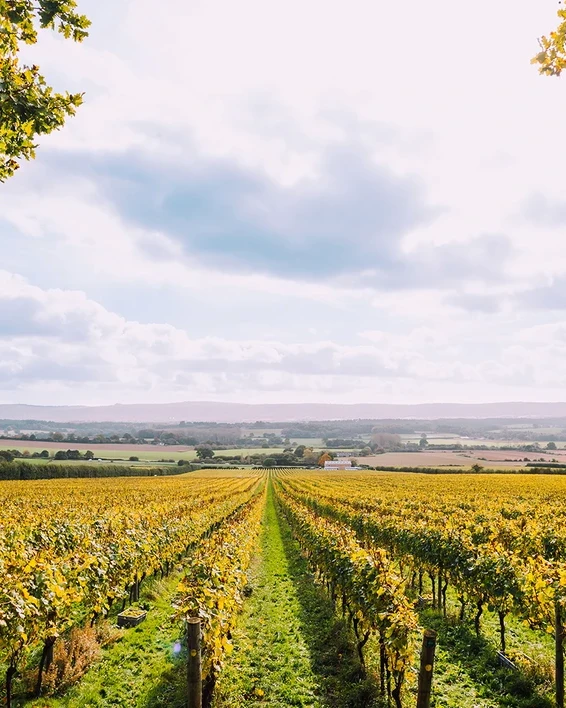
October 29, 2025
Why Every Wine Lover Should Visit Madeira
Read More

